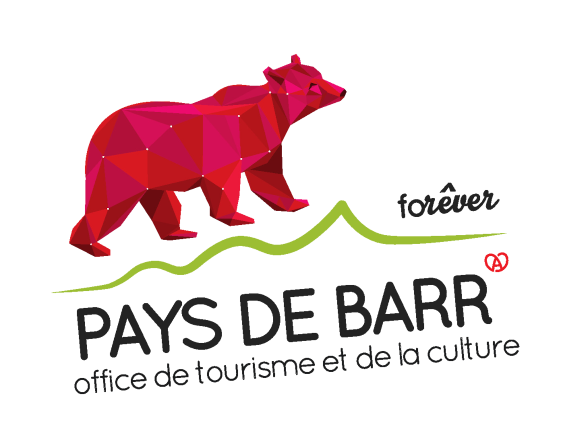Archaeological excavations at the Heuberg site have confirmed the age of occupation of the site. As early as 5000 BC hunter-breeders were established on this height. Ribboned pottery and bones of domestic animals were found there. Other elements of the later Neolithic period were discovered here.
The name of the commune was spelt successively Criechesheim, Fulkriegesheim,Vulncriegesheim (1163),Vuolenkrichesheim (1224), Vuilcriechesheim (1243), Vulencrieschesheim (1253), Fulcriegesheim or Fulkreigesheim and Pfaulgriessen (14th century), Fulcriesheim and Fulgriesen (17th and 18th centuries). The first occupant of the castle, the Count of Volkirch probably gave the name to the site with the addition of "heim" (house, home), which would give Volkirchheim. Other theses have been issued including Pfulle (foal), Gries (gravel on the road).
For an unknown reason, the bishopric lost the village property, which after being lent to the "Puller" von Hohenburg passed in the 16th century to the d'Andlau family who introduced the Reformation in 1526 and lived in the castle then located near the church. Today's bell tower is believed to be located on the site of the former keep. Of the seigneurial residence only the tithe barn remains.
The numerous and imposing 18th century farmhouses bear witness to an obvious prosperity. Many traditional farmhouse names (Hofname) confirm this. In the 19th century, there were three rapeseed oil mills, a mustard mill and two tile mills.
Opening times
Contact and reservation
-
3 place de la mairie, - mairie, 67370 Pfulgriesheim
-
03 88 20 16 91





